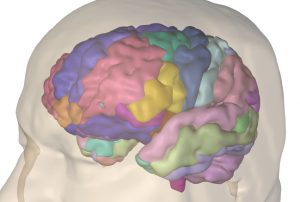Aug 25 2016
Neuroprotective Effects of Omega-3 Fatty Acids
Omega-3 fatty acids are just good for you. They are found naturally in fish or can be taken as dietary supplements. New research out of Columbia University showed that omega-3 fatty acids reduced brain damage in a neonatal mouse model of stroke. The study was published in PLOS ONE.
10-day-old mice had a hypoxic-ischemic brain injury caused by a decrease in blood flow and oxygen to the brain as occurs with stroke. Researchers treated these animals with a fat emulsion of either DHA or EPA omega-3 fatty acids. Then they evaluated neurological function 24 hours and eight to nine weeks after the injury was incurred.
DHA and EPA omega-3 fatty acids typically come from cold water fish. The researchers showed that these fatty acids protect cells and organs in many ways after oxygen deprivation, decreasing inflammation and cell death.
After 24 hours, mice who had been treated with DHA but not EPA showed a reduction in brain injury; hence the name of the study: “DHA but Not EPA Emulsions Preserve Neurological and Mitochondrial Function after Brain Hypoxia-Ischemia in Neonatal Mice.” After several weeks, the DHA group showed improved brain function in several areas as compared to the EPA and control groups.
They also found that the brain mitochondria had higher levels of DHA. The mitochondria are energy-producing structures that can be injured by free radicals when oxygen returns to the brain. This is called reperfusion injury, and it commonly leads to brain damage after the oxygen and nutrient deprivation to the brain after a stroke.
“Our findings suggest that injecting the omega-3 fatty acid DHA after a stroke-like event has the ability to protect brain mitochondria against the damaging effects of free radicals,” said senior co-author, Vadim S. Ten, MD, PhD, associate professor of pediatrics at Columbia University Medical Center in an article.
The interruption of blood flow and oxygen supply to the brain during or shortly after birth is a leading cause of brain damage in newborns, which can have lasting neurological effects. Many of the pathways involved in this process is similar to an adult stroke.
As for the future, clinical trials need to be conducted to discover whether or not administering lipid emulsions containing DHA in babies or adults have the same positive impact it did in mice. If these trials are successful, it could lead to a novel treatment for stroke in babies, children, and adults.






